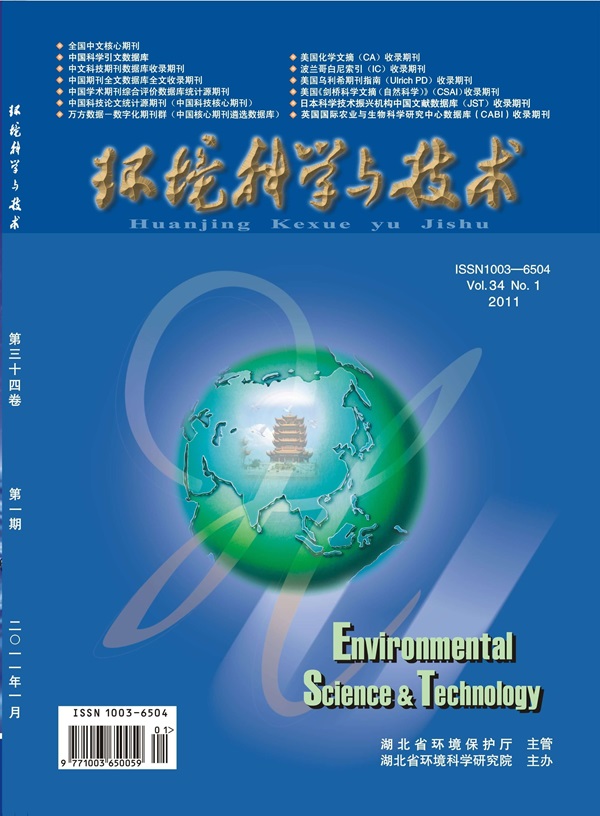通过有针对性的非气候干预措施加强气候驱动的城市树木降温
IF 10.8
1区 环境科学与生态学
Q1 ENGINEERING, ENVIRONMENTAL
引用次数: 0
摘要
城市树木在缓解热量方面发挥着关键作用,但其冷却效率(CE)的全球决定因素和模式仍然难以捉摸。在这里,我们量化了四个气候带229个城市的空气质量,并采用机器学习模型来评估变量对空气质量的影响。我们发现,树木覆盖率每增加10%,地表温度就会在白天降低0.25°C,在夜间降低0.04°C。潮湿地区的树木在白天表现出最高的CE,而干旱地区的树木在夜间表现出最大的冷却效果。这可以用湿润和干旱区冠层密度的差异来解释。在白天,湿润地区的高冠层密度将更多的太阳辐射转化为潜热通量。在夜间,干旱区低的冠层密度拦截较少的长波辐射,有利于地表冷却。虽然气候因素对节能减排的贡献几乎是非气候因素的两倍,但我们的研究结果表明,由于其非线性影响,通过在特定阈值内管理变量来优化节能减排是可能的。例如,我们发现在干旱地区,大约60%的不透水表面覆盖率是最佳的,而在潮湿地区,将其减少到40%左右可以最大限度地提高冷却效果。这些见解强调了有针对性地管理非气候因素以维持树木降温效益的必要性,并为设计气候适应性强、基于自然的城市战略提供了实用指导。本文章由计算机程序翻译,如有差异,请以英文原文为准。

Enhancing Climate-Driven Urban Tree Cooling with Targeted Nonclimatic Interventions
Urban trees play a pivotal role in mitigating heat, yet the global determinants and patterns of their cooling efficiency (CE) remain elusive. Here, we quantify the diel CE of 229 cities across four climatic zones and employ a machine-learning model to assess the influence of variables on CE. We found that for every 10% increase in tree cover, surface temperatures are reduced by 0.25 °C during the day and 0.04 °C at night. Trees in humid regions exhibit the highest daytime CE, while those in arid zones demonstrate the greatest cooling effect at night. This can be explained by the difference in canopy density between the humid and arid zones. During the day, the high canopy density in the humid zone converts more solar radiation into latent heat flux. At night, the low canopy density in the arid zone intercepts less longwave radiation, which favors surface cooling. While climatic factors contribute nearly twice as much to CE as nonclimatic ones, our findings suggest that optimizing CE is possible by managing variables within specific thresholds due to their nonlinear effects. For instance, we revealed that in arid regions, an impervious surface coverage of approximately 60% is optimal, whereas in humid areas, reducing it to around 40% maximizes cooling benefits. These insights underscore the need for targeted management of nonclimatic factors to sustain tree cooling benefits and offer practical guidance for designing climate-resilient, nature-based urban strategies.
求助全文
通过发布文献求助,成功后即可免费获取论文全文。
去求助
来源期刊

环境科学与技术
环境科学-工程:环境
CiteScore
17.50
自引率
9.60%
发文量
12359
审稿时长
2.8 months
期刊介绍:
Environmental Science & Technology (ES&T) is a co-sponsored academic and technical magazine by the Hubei Provincial Environmental Protection Bureau and the Hubei Provincial Academy of Environmental Sciences.
Environmental Science & Technology (ES&T) holds the status of Chinese core journals, scientific papers source journals of China, Chinese Science Citation Database source journals, and Chinese Academic Journal Comprehensive Evaluation Database source journals. This publication focuses on the academic field of environmental protection, featuring articles related to environmental protection and technical advancements.
 求助内容:
求助内容: 应助结果提醒方式:
应助结果提醒方式:


